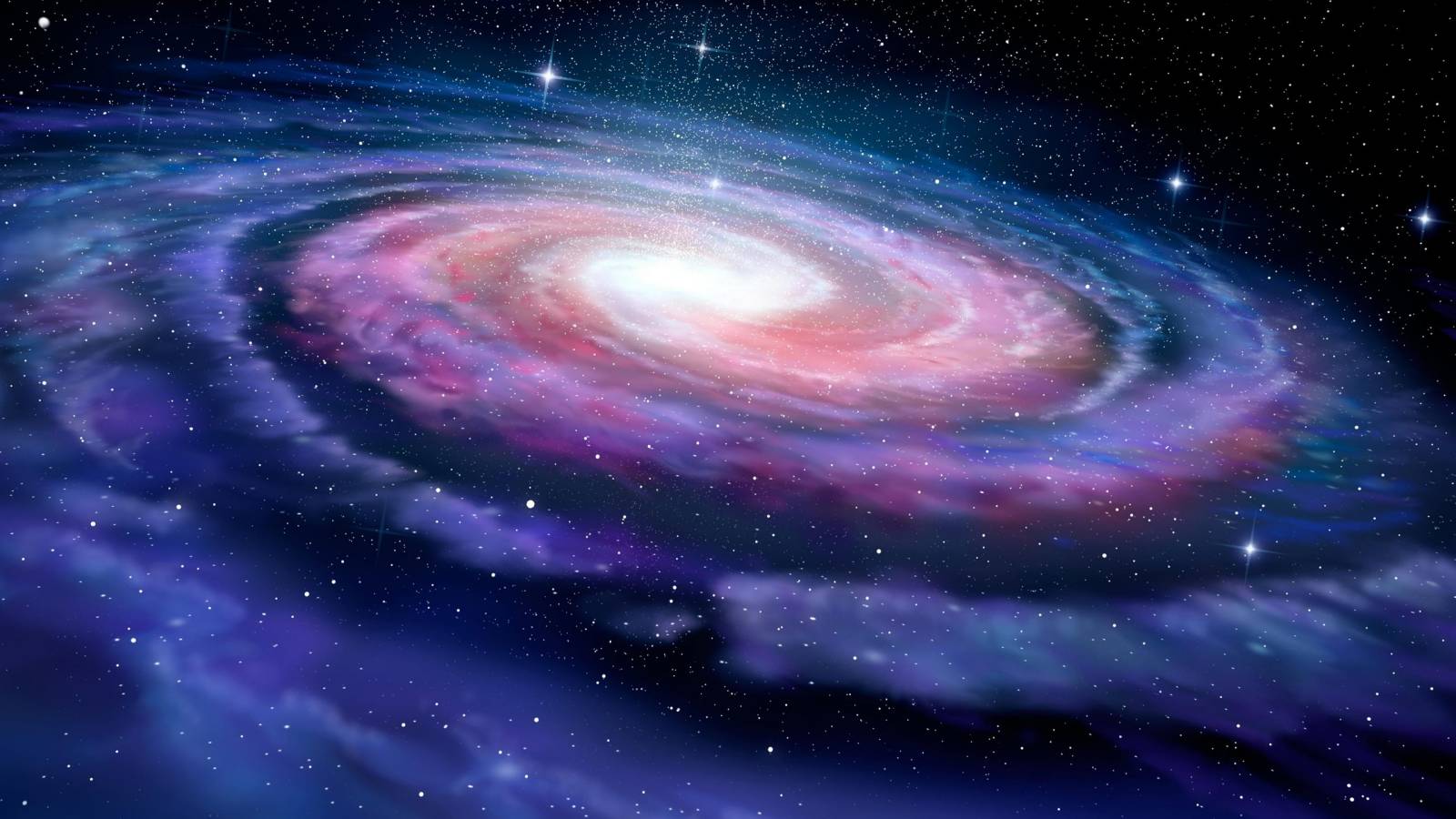Calea Lactee are foarte multe necunoscute, insa un mister uluitor inca ii surprinde pe cercetatorii din intreaga lume, si e ceva ce nu au putut explica foarte clar si concis pana in momentul de fata. Mai exact, oamenii de stiinta se asteptau ca de cateva ori in fiecare secol sa poata detecta explozii de tip supernova in galaxia Calea Lactee, insa au trecut mai bine de 1000 de ani de cand s-a intamplat acest lucru, si ei nu prea au o explicatie clara asupra situatiei.
Calea Lactee a avut detectate 5 explozii de tip supernova in ultimii 1000 de ani, ceea ce e mult prea putin fata de asteptarile oamenilor de stiinta, ei sperand sa observe cel putin cateva zeci in aceasta perioada de timp. Pana acum o explicatie pentru aceasta situatie a avut la baza faptul ca toate cele care n-au fost observate in Calea Lactee se afla prea departe de Pamant, si ar fi ascuns in spatele unor zone pline de gaz, sau radiatii care fac observarea imposibila.
Calea Lactee: Mister ULUITOR ce i-a Surprins pe Cercetatori
Calea Lactee a avut ultima supernova detectata in 1604 de catre astronomul Johannes Kepler, iar de atunci oamenii de stiinta spun ca nimeni nu a mai observat vreun eveniment de acest gen in galaxie. Surpriza e cu atat mai mare cu cat in ultimul secol capacitatea omenirii de a studia universul a crescut mai mult decat in cei 1900 de ani anteriori, insa cu toate acestea, supernovele din Calea Lactee au ramas ascunse fata de oamenii de stiinta.
“Ultima supernovă care a fost observată în orice fel de sursă de încredere a avut loc în 1604, după cum au înregistrat mulți astronomi din întreaga lume, în special Johannes Kepler. Potrivit cercetării, totul se reduce la locație, locație. Majoritatea supernovelor apar pe discul subțire, plin de stele al galaxiei. Și totuși acolo este cea mai mare parte a prafului – praf care este extrem de bun în blocarea semnalelor luminoase. În mod similar, miezul galaxiei noastre găzduiește mult mai multe supernove decât media … și mult mai mult praf.”
Calea Lactee ar avea majoritatea exploziilor de tip supernova intalnite in centrul sau, sau in discul subtire care o inconjoara, ambele zone cu extrem de mult praf care ascunde lumina emanata de catre aceste explozii. Asta inseamna ca oamenii de stiinta nu pot sa vada ceea ce se intampla in zonele in care au loc exploziile de tip supernova din Calea Lactee, si e putin probabil ca asta sa se schimbe in viitorul apropiat din vreun punct de vedere.
Calea Lactee gazduieste multe explozii de tip supernova in mod constant, iar asta nu e tocmai o surpriza pentru cineva, insa problema este ca ele trebuie sa fie si observate de catre oamenii de stiinta.






















